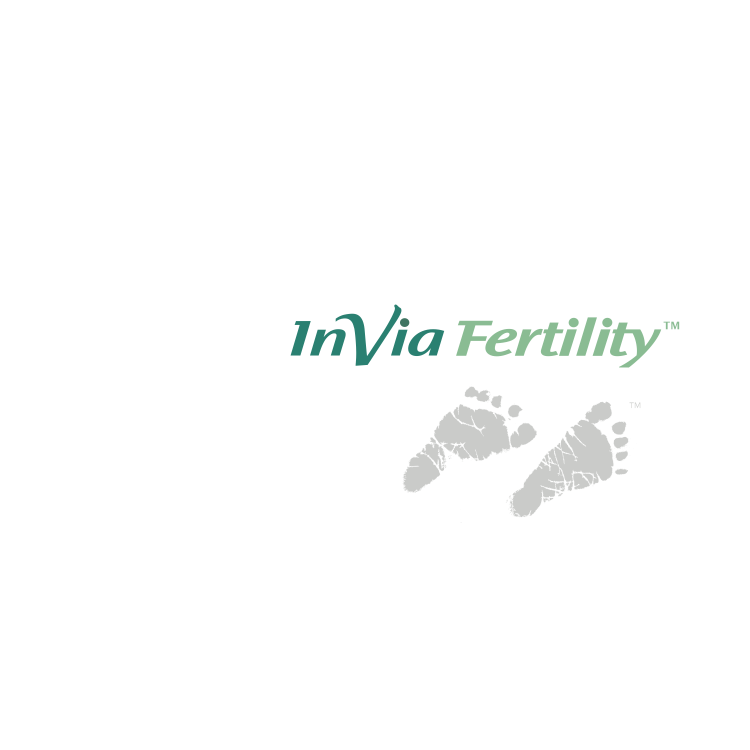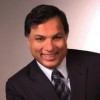
Since the early days of the IVF process, it was noted that some patients responded to ovarian stimulation from fertility injections (gonadotropins) with decreased follicular response and low estradiol (E2) levels. These patients also produced few eggs (oocytes) and as a result there were few embryos available for transfer.
Over the past three decades, there have been several hundred publications on poor ovarian response and poor ovarian responders. There, however, was a lack of a uniform definition of what it means to be a poor ovarian responder. The various definitions have included:
And on and on.
In fact a recent review article showed there are more than 20 definitions of a poor ovarian response!
The problem with a lack of definition was that it made it impossible to compare and therefore meaningfully evaluate treatment protocols. It would be like comparing apples and oranges! Some of these studies were small, but it is impossible to combine the studies (i.e. do a meta-analysis) for the same reason.
Finally, the European Society for Human Reproduction and Embryology (ESHRE) working group on Poor Ovarian Response Definition met in Bologna, Italy and have come with a consensus definition.
Advanced maternal age (> 40 years) or any other risk factor for POR;
A previous POR (< 3 eggs with a conventional stimulation protocol);
An abnormal ovarian reserve test (i.e. antral follicle count < 5 – 7 follicles or anti mullerian hormone < 0.5 – 1.1 ng/mL).
Two episodes of poor ovarian response after maximal stimulation are sufficient to define a patient as poor ovarian responder in the absence of advanced maternal age or abnormal ovarian reserve test.
By definition, the term poor ovarian response refers to the ovarian response and, therefore, one stimulated cycle is considered essential for the diagnosis of poor ovarian response. However, the patient over 40 years of age with an abnormal ovarian reserve test may be classified as a poor responder since both advanced age and an abnormal ovarian reserve test may indicate reduced ovarian reserve and act as a surrogate of ovarian stimulation cycle. In this case, the patients should be more properly defined as expected poor ovarian responderss.
Risk factors for poor ovarian response are represented by maternal age > 40 years and by all the known genetic or acquired conditions possibly linked to a reduced amount of resting follicles.
A poor ovarian response is represented by a cycle cancelled (< 3 dominant follicles) or < 4 eggs with a stimulation protocol using at least 150 units of gonadotropins. The collection of < 4 eggs after a “mild” IVF program is not to be considered a poor response.
Each criterion (risk factor, previous cycle and ovarian reserve test) used alone is not to be used to define poor ovarian response. More than one should be present before someone is diagnosed as a poor ovarian responder.
[Note: Promising outcomes have been achieved using testosterone supplements such as Androgel and DHEA for infertility in the poor ovarian responder.]
To see a fertility specialist who has been successfully diagnosing and treating poor ovarian responders for many years, make an appointment at one of InVia's four Chicago area fertility clinics.

Dr. Karande is Board Certified in the specialty of Obstetrics and Gynecology as well as the subspecialty of Reproductive Endocrinology and Infertility. He is a Fellow of the American College of Obstetricians and Gynecologists and Member of the American Society for Reproductive Medicine.
Subscribe to our weekly blog digest

Entire Website © 2003 - 2020
Karande and Associates d/b/a InVia
Fertility Specialists

Comments